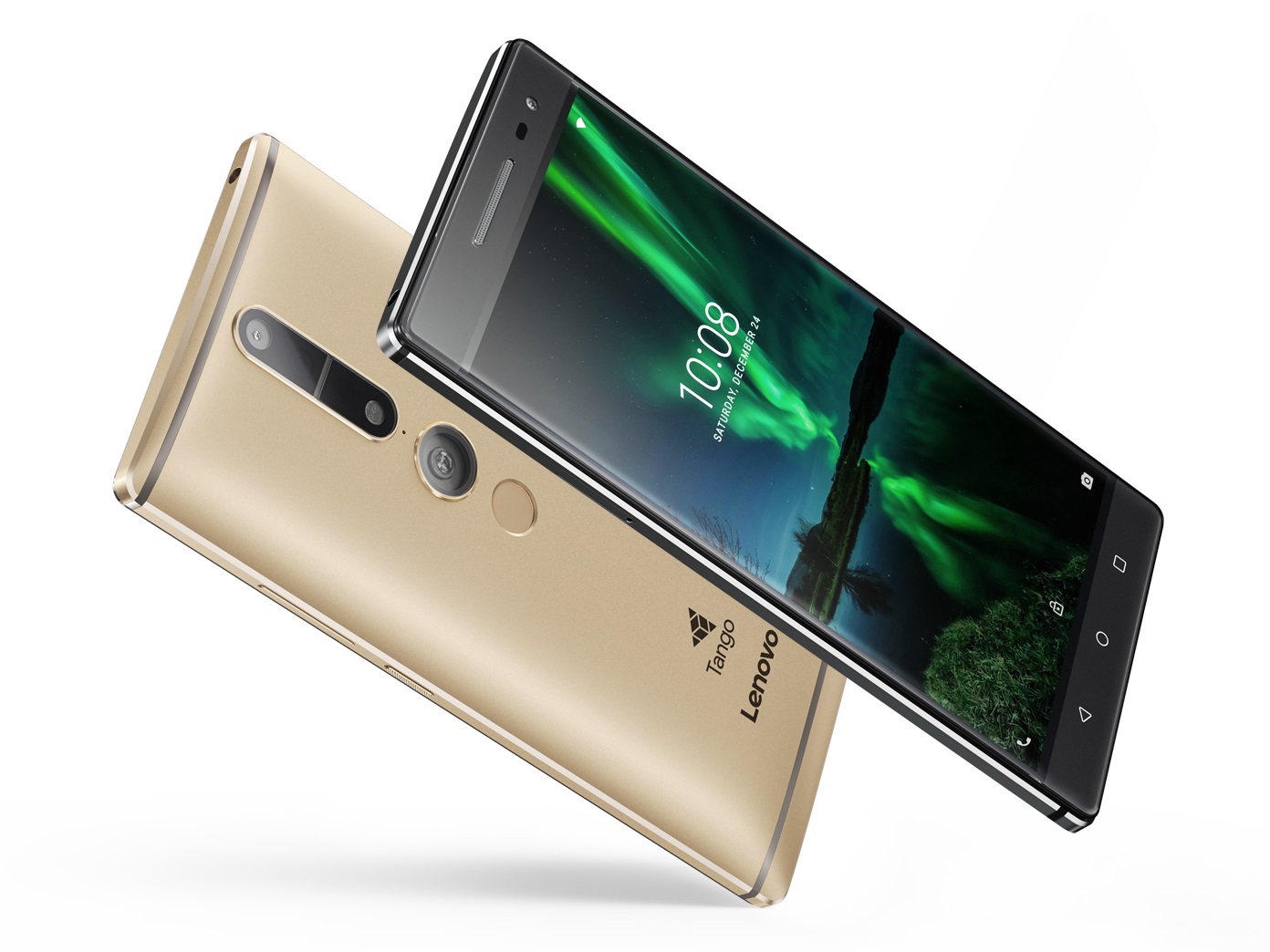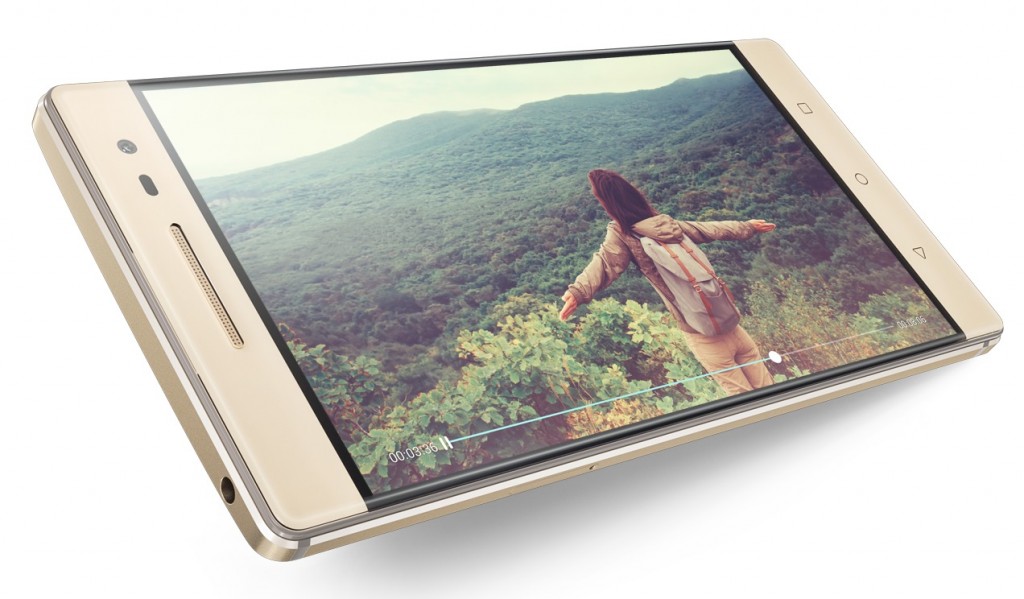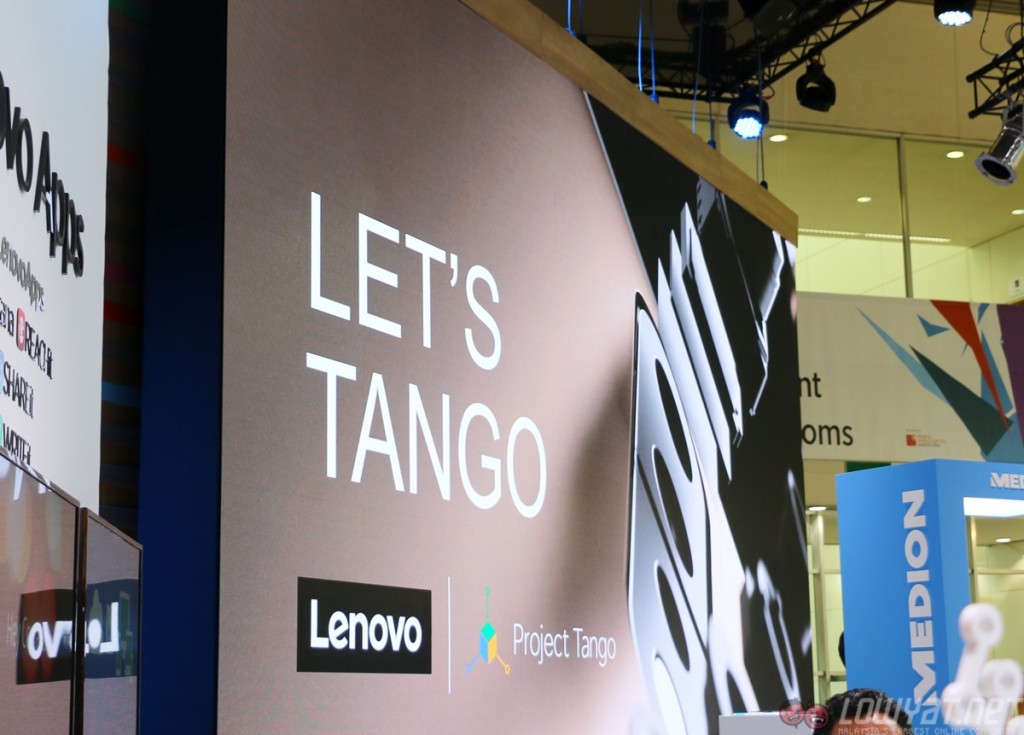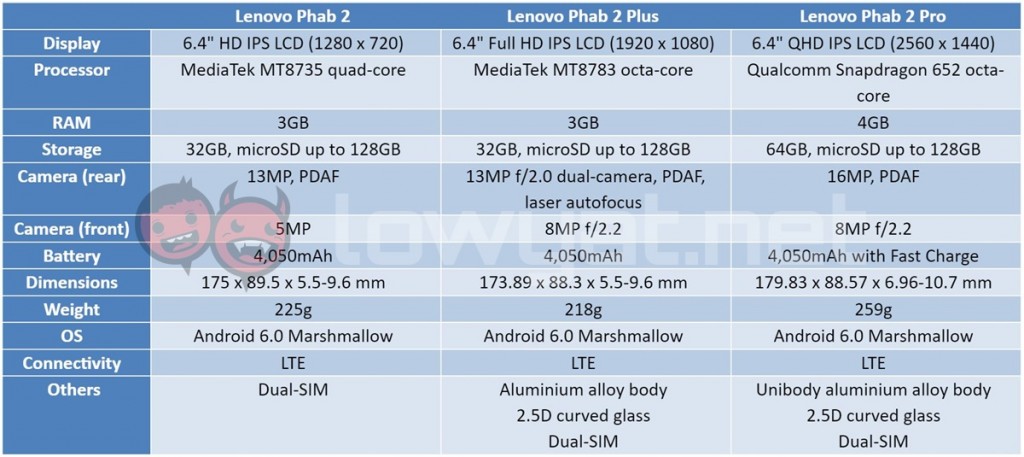The world’s first smartphone fitted with Google’s Project Tango has finally arrived. The Lenovo Phab 2 Pro sees the Tango module size dramatically reduced since its last appearance at MWC 2016, allowing it to fit into a premium all-metal smartphone.
That’s not to say the Phab 2 Pro is tiny in any sense of the word; just like the previous Phab smartphones, the Phab 2 Pro is a large smartphone (though it is considerably smaller than last year’s 6.98-inch behemoth). Featuring a 6.4-inch 2K display, the Phab 2 Pro was actually quite a challenge for Lenovo’s engineers.
At a special briefing session before its launch, Lenovo outlined the four major challenges the Phab 2 Pro posed for Lenovo and Google’s engineers. The first was of course to reduce the Tango module into something that would only take up a third of the smartphone’s back. Having been in close partnership with Google on Project Tango since January 2015, Lenovo finally opted for a large-screen display to accommodate the Tango module, while still fitting in premium hardware.
The next challenge was to fit the module in a way that does not result in a thick smartphone. Lenovo eventually crafted a custom PCB with cut-outs in the middle where the Tango module would lie, allowing the wide-angle motion sensor and IR depth sensor to sit virtually flush along the curved back. The Phab 2 Pro is 6.96mm at its thinnest, and 10.7mm at its thickest point. It weighs 259g.
Then there was the question of how exactly was the phone going to effectively process the data that Tango was obtaining? Lenovo pointed out that when switched on, the Tango module would crunch through 250,000 pieces of data per second to achieve a maximum lag of just 0.5 micro seconds – that’s 0.0000005 seconds.
Thankfully, Qualcomm’s latest range of real-time coprocessors (or digital signal processors) enables Lenovo to effectively manage the data that Tango produces. The Hexagon 680 DSP is designed to consume minute amounts of power, while managing the various sensors within a device.

Finally, with so much data crunching within this smartphone, the last challenge was to not turn the Phab 2 Pro into an on-demand oven. Besides the large surface area, Lenovo successfully experimented with various new materials for the thermal heatpipe inside the smartphone, leading to the use of a graphite-aluminium-copper heatpipe.
At launch, Lenovo says that there will be about 40-50 “good” apps designed for Tango, and allowing you to make use of Tango’s unique sensing abilities to play games, or for productivity purposes.
But let’s not forget that this is also a smartphone. It’s powered by a Qualcomm Snapdragon 652 processor with 4GB of RAM, and has 64GB of expandable internal storage (up to 128GB microSD cards), a 6.4-inch QHD (2,560 x 1,440) IPS “Assertive Display” with 2.5D curved glass, a fingerprint scanner, a hybrid dual-SIM tray (nano + nano SIM, or nano + microSD), and a large 4,050mAh battery that supports fast charge and is capable of using Tango functions for four hours. As for the Tango module, it’s made up of a motion tracking sensor fitted with fish-eye lens, and a depth sensor.
The Phab 2 Pro also comes with a pair of JBL earphones, Dolby Atmos support and another world’s first on a smartphone: Dolby Audio Capture 5.1, which allows the phone to capture 360-degree audio with its triple-array mics. A 16MP PDAF rear sensor and a 8MP fixed-focus, f/2.2 sensor with 1.4 micron pixels at the front rounds up the spec sheet.
The Lenovo Phab 2 Pro will be available globally from September 2016, and will be priced at $499 (about RM2,010) in the US. It’ll be available in two colours, Champagne Gold and Gunmetal Grey. The two lower-end Phab 2 models will also be available at the same time.
Follow us on Instagram, Facebook, Twitter or Telegram for more updates and breaking news.






